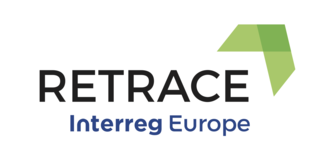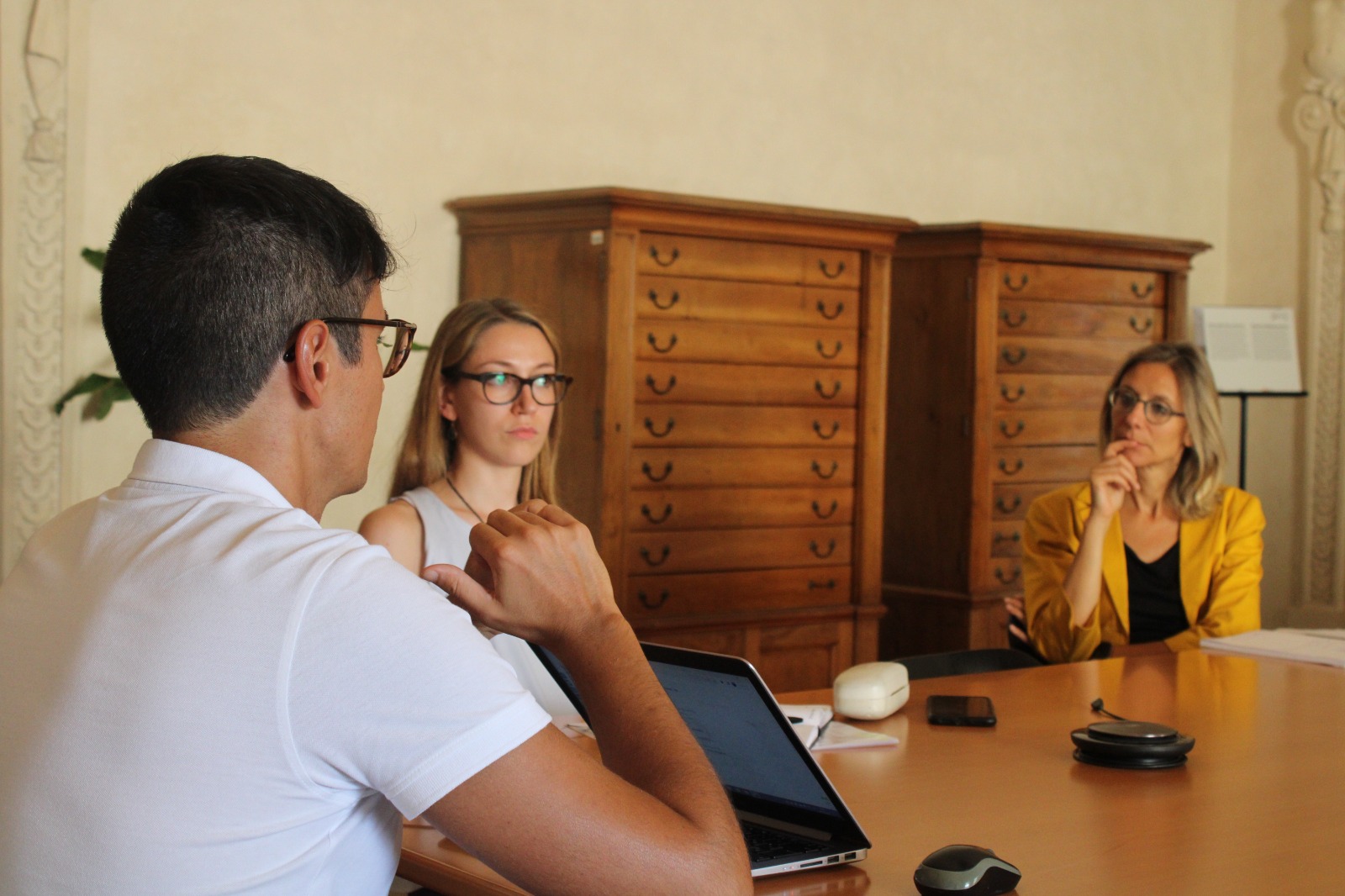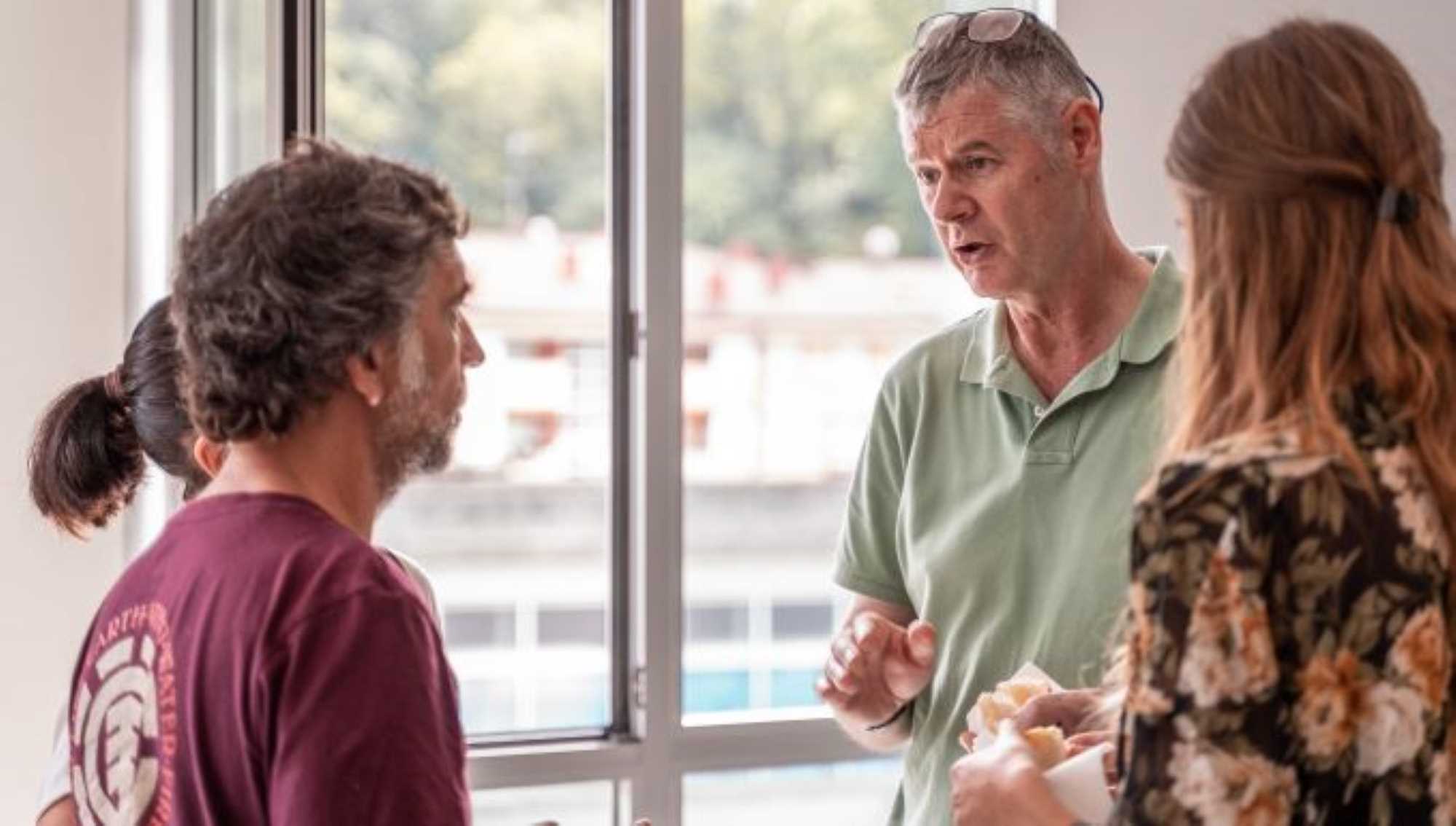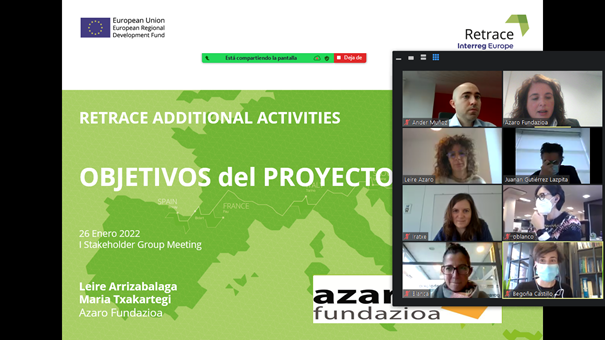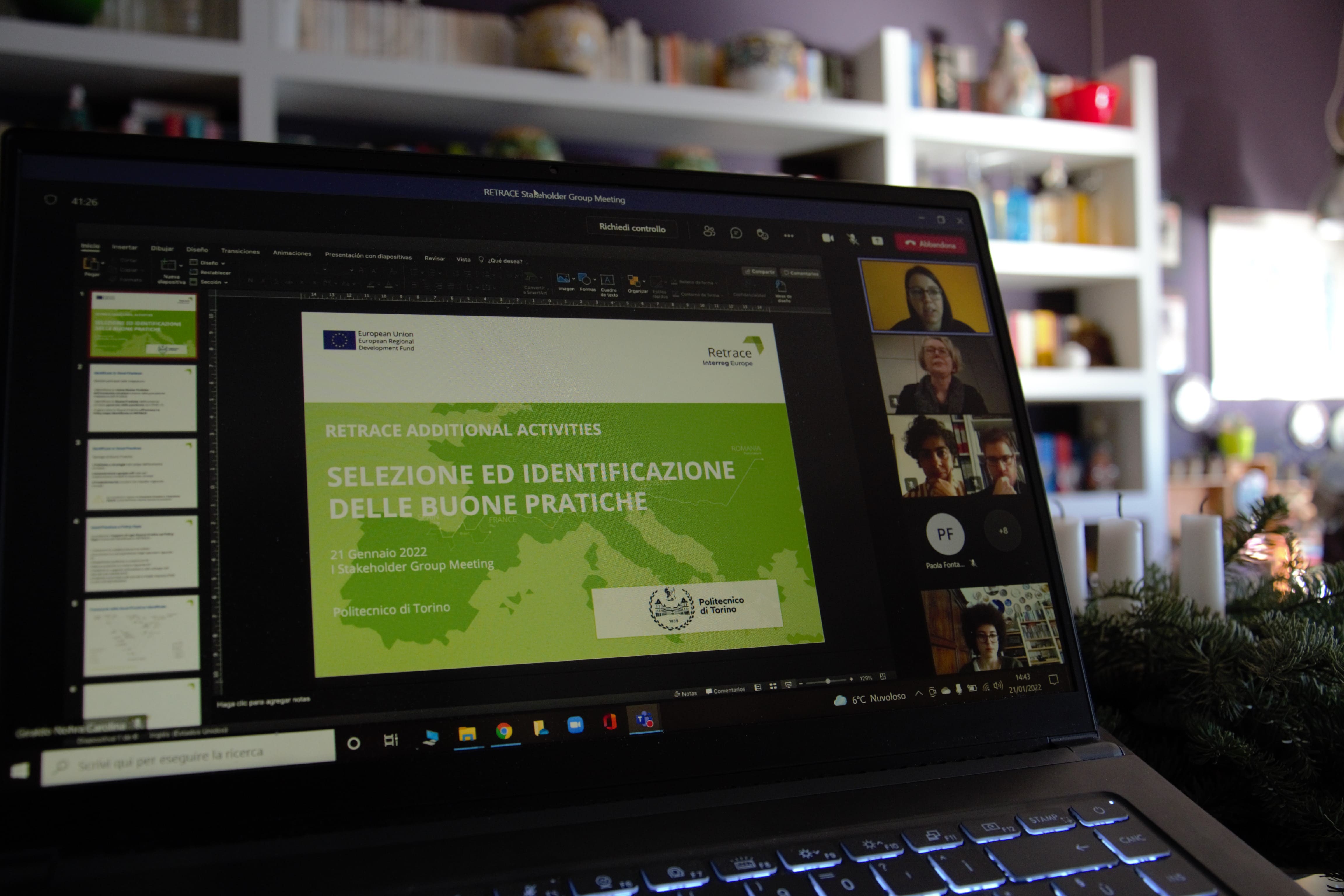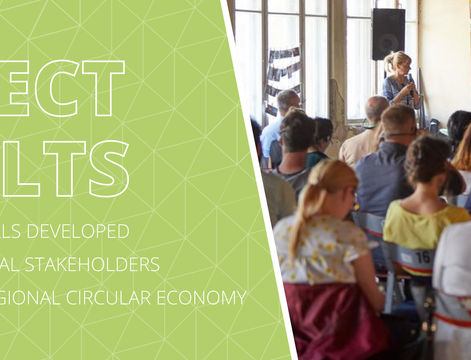RETRACE is into the second phase that consists of Regional Action Plan implementation and its monitoring.
In the publication "Retrace good practices guide and systemic approaches on the circular economy", 30 good practises having been chosen as a model to follow and to promote activities in line with the circular economy.
The identification of appropriate Good Practices (GPs) is considered background knowledge on Systemic Design and Circular Economy. The project partners acquired the mentioned knowledge during the kick-off meeting in Turin with a training workshop host by the Lead Partner (LP), the Department of Architecture and Design at Politecnico di Torino, and along with the project with a continuous confrontation with the LP.
The selection of GPs started with the fulfilment of twenty-one questions by each partner with about 15-20 local practises. Then, this format has been shared and discussed with the LP to choose the 8-10 most interesting GPs to be presented during the Field Visit (FV). These GPs have been shared with other partners via email at least one month before the FV with a double aim: on the one hand, helps partner getting ready for the FV, on the other hand, it helps the partner to the identification of the most appropriate stakeholders to be involved during the FV.
Once all details on the GPs have been collected, partners are asked to discuss and evaluated critically the GPs presented during the Peer Review Workshop taking place at the end of each FV. After this phase of analysis, six good practices for each FV have been identified for a total number of 42, which were the basis to select the best 30 to be included in the publication above mentioned.
The best GPs should answer to the Policy Gaps identified in each region through the Holistic Diagnosis. So, a matrix was built to match the GPs and the Policy Gaps.
From the Policy Gaps analysis, a set of six threads has been identified, and the 30 selected GPs have been grouped according to these Policy gaps threads:
1. Support collaboration between sectors
2. Raising involvement and knowledge of operators concerning the Circular Economy
3. Policy regulations on Circular Economy
4. Tailored policy measures on Circular Economy
5. Policy in support of business and market development for Circular Economy activities
6. Policy focused on Small and Medium Enterprises (SMEs) and micro-manufacturing
